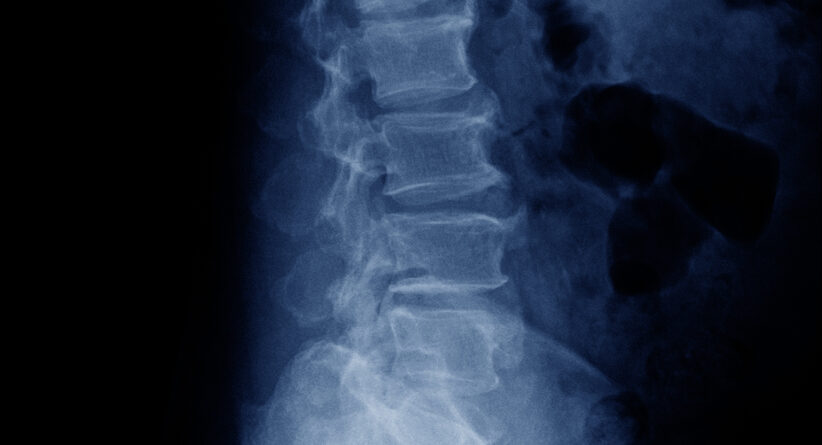Physical therapy can play a significant role in managing spinal stenosis, a condition characterized by narrowing of the spaces within the spine, which can lead to compression of the spinal cord and nerves. While physical therapy cannot cure spinal stenosis, it can help alleviate symptoms, improve function, and enhance overall quality of life.
Here’s how physical therapy can benefit individuals with spinal stenosis…
- Pain Management – Physical therapists can use various modalities such as heat, cold therapy, ultrasound, and electrical stimulation to help reduce pain and inflammation associated with spinal stenosis.
- Manual Therapy – Hands-on techniques such as joint mobilization, soft tissue massage, and stretching can help improve spinal mobility, relieve muscle tension, and reduce stiffness in the affected area.
- Strength Training – Strengthening exercises targeting the muscles surrounding the spine can help improve stability, support the spine, and reduce stress on the affected area. Core strengthening exercises are particularly beneficial for individuals with spinal stenosis as they help support the spine and improve posture.
- Flexibility and Range of Motion – Stretching exercises aimed at improving flexibility and range of motion in the spine and surrounding muscles can help reduce stiffness and alleviate symptoms of spinal stenosis.
- Posture Education – Physical therapists can provide guidance on proper body mechanics and ergonomic principles to help individuals with spinal stenosis maintain good posture and reduce strain on the spine during daily activities.
- Activity Modification – Physical therapists can assist individuals with spinal stenosis in identifying and modifying activities that exacerbate their symptoms, allowing them to remain active while minimizing discomfort.
- Gait and Balance Training – For individuals experiencing gait disturbances or balance issues due to spinal stenosis, physical therapists can develop tailored exercise programs to improve walking pattern, stability, and overall balance.
- Education and Self-Management – Physical therapists educate patients about spinal stenosis, its causes, symptoms, and management strategies. They also provide guidance on home exercises, ergonomic modifications, and lifestyle changes to help individuals manage their condition effectively.
- Functional Training – Physical therapists focus on improving functional abilities and independence in daily activities such as walking, climbing stairs, and lifting objects safely, despite the limitations posed by spinal stenosis.
Physical therapy plays a crucial role in the conservative management of spinal stenosis by addressing pain, improving mobility and function, promoting optimal posture and body mechanics, and empowering individuals to manage their condition effectively.




